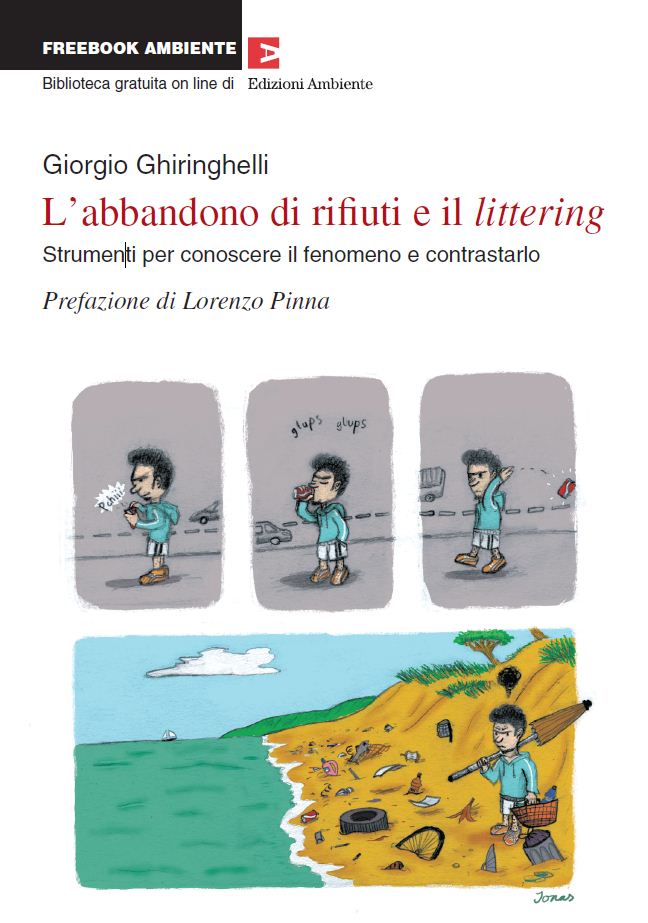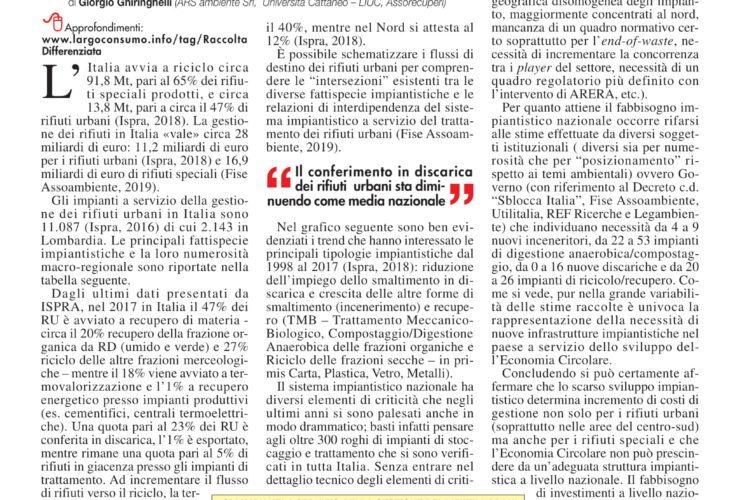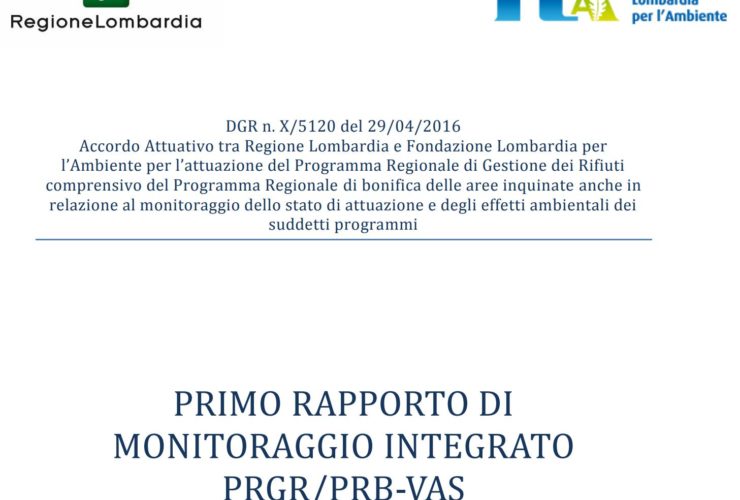L’abbandono rifiuti e il littering: il freebook di Giorgio Ghiringhelli

L’abbandono di rifiuti (discariche abusive) e il littering, ovvero l’incivile abitudine di gettare piccoli rifiuti laddove capita senza curarsi dell’ambiente, rappresentano fenomeni in crescita che non conoscono barriere e differenze nei diversi paesi del mondo. Anche la “pulita” Svizzera ne è afflitta, così come la Germania, l’Austria, il Regno Unito, gli Usa, Singapore e l’Australia, solo per citare i paesi che hanno promosso le politiche e i progetti più attivi e efficaci nel controllo e contrasto a questi fenomeni. In Italia iniziano a intravedersi i segnali di una nuova sensibilità sul tema, spinta anche dalla diffusione di nuove tecnologie, come i social network, che amplificano verso i politici e gli enti di riferimento la voce dei cittadini sensibili al degrado dell’ambiente in cui abitano, lavorano e spendono il tempo libero. Perché questa sensibilità, e delle volte sdegno, si trasformi però in gesti concreti a favore dell’ambiente e della collettività occorre un approccio integrato al problema che parta dalla conoscenza dettagliata dei fenomeni dell’abbandono dei rifiuti e del loro impatto ambientale, sociale ed economico. Ad oggi in Italia, ma anche in molti dei paesi avanzati citati, non sono disponibili studi e ricerche specifiche su queste realtà se non per quanto attiene ad ambienti specifici studiati all’interno di progetti europei o mondiali (come per esempio il littering marino o l’inquinamento causato dai mozziconi di sigaretta). Comprendere il fenomeno dell’abbandono dei rifiuti e la sua rilevanza è il passo fondamentale affinché vengano destinate risorse al suo contrasto, non già o solo per la pulizia dei luoghi, attività in cui i comuni sono impegnati in prima fila, ma anche e soprattutto attraverso la prevenzione che deve essere percepita come la strada unica per ridurre gli elevati oneri della pulizia. È proprio da questo dato che è partito il lavoro di Giorgio Ghiringhelli che ha analizzato il fenomeno del littering e dell’abbandono dei rifiuti sia dal punto di vista “macro”, analizzandone dimensione, importanza, danni derivanti, sia “micro” concentrandosi quindi sulle abitudini del singolo, arrivando a tracciare un possibile percorso in cui la coscienza civica e l’educazione ambientale sono il perno di iniziative e progetti concreti per prevenire e contrastarne il fenomeno.
http://freebook.edizioniambiente.it/libro/70/Labbandono_di_rifiuti_e_il_littering
The environmental deterioration created by waste abandonment is a perceived problem, and it is easy to see how the situation has worsened in recent years. There are increasing instances of waste discarded into the environment, and these include household waste, bulky waste, and even hazardous waste, such as building demolition waste, but at times also dangerous industrial waste. The situation has worsened due to the emergence of widespread incivility, poor civic pride, and reduced sensitivity to environmental issues. This phenomenon, generally known as illegal waste dumping when significant quantities are involved, is instead called littering when it involves the habit of throwing small waste wherever, such as wastepaper, chewing gum, and cigarette ends. This phenomenon has intensified with the rise of new eating habits that increase the use of disposable artefacts, such as paper napkins, drinking straws, bottles, cans, packages and various containers, which, if not correctly disposed of in the appropriate litter bins, can soil public spaces. It is estimated that over half of waste abandonment should be viewed in relation with the increasing tendency to eat quick meals away from home. Those areas most subject to waste abandonment are woody areas, provincial or motorway thoroughfares, but any area can be subject to waste abandonment. From a legal standpoint concerning waste abandonment, a ban on waste abandonment is widespread in all European countries, and in Italy the Environmental Consolidating Act sanctions an absolute ban on the abandonment and uncontrolled deposit of refuse on or in soil. Consequently, a violation incurs a penalty if the abandonment is attributable to a company or institution, or an administrative penalty in other cases. In any event, those responsible for the abandonment or uncontrolled deposit of waste are obliged to remove waste and initiate waste disposal, and ensuring site restoration; on the other hand, in those cases where there is no-one responsible, the institution of reference is the Municipality. In regards to littering, penalties are specifically provided in municipal regulations for the management of refuse, and the Traffic Code. The problems caused by abandonment are hygienic and sanitary, as well as environmental, and evidently economic as well. The costs to retrieve abandoned refuse or to clean up abusive disposals should, in fact, be added to those of regular collection and disposal of refuse, and fall on the community. To this should also be added the damage engendered by the aesthetic degradation of roads and land in general, which is especially significant for those towns where tourism represents an important economic activity. To counteract this phenomenon, the most sensitive states have for over thirty years put in place dedicated initiatives in the form of advertising campaigns directed toward citizens, or initiatives for area clean-ups; but there are also initiatives that can be put in place that take advantage of new technologies to monitor the phenomenon and allow the stakeholders (Towns, Provinces, Regions, Law Enforcement, Competent Territorial Authorities, etc.) to act in a more coordinated manner, exploiting the increasingly scarce resources available. It is from this fact that starting the work of Giorgio Ghiringhelli who analyzed the phenomenon of littering and abandonment of waste from the point of view of “macro”, analyzing the size, importance, damages, and “micro” thereby focusing on habits of the individual, coming to trace a possible path in which the civic awareness and environmental education are at the core of concrete initiatives and projects to prevent and combat the phenomenon.




